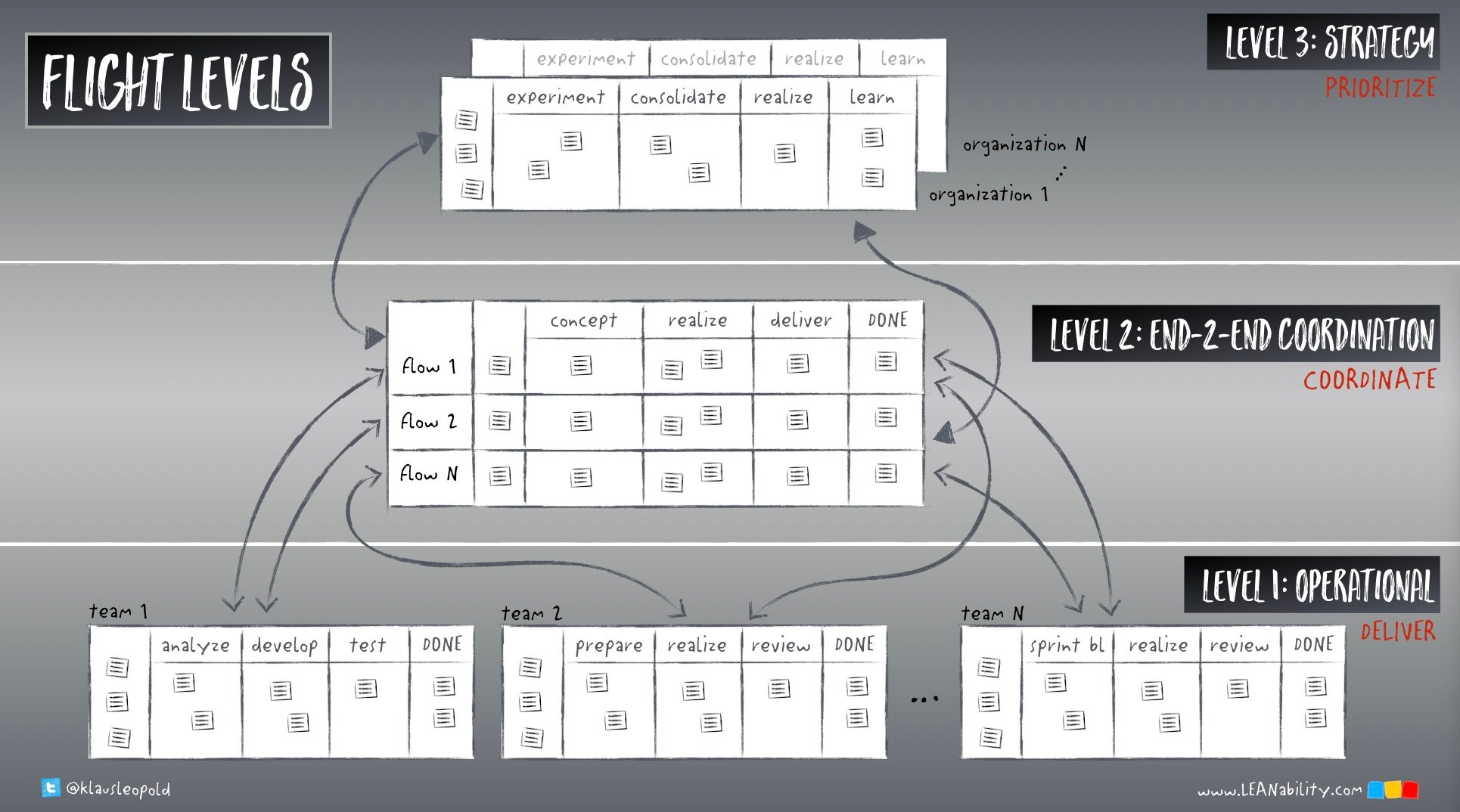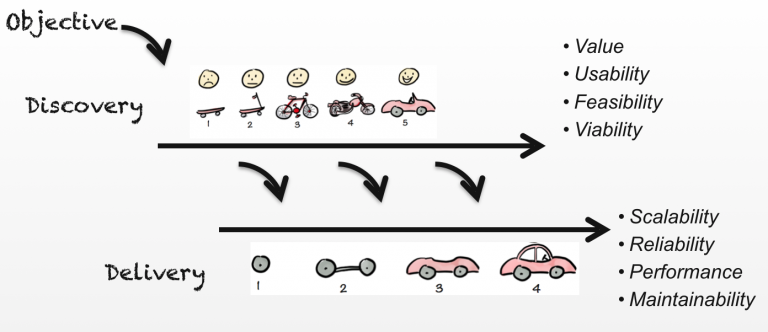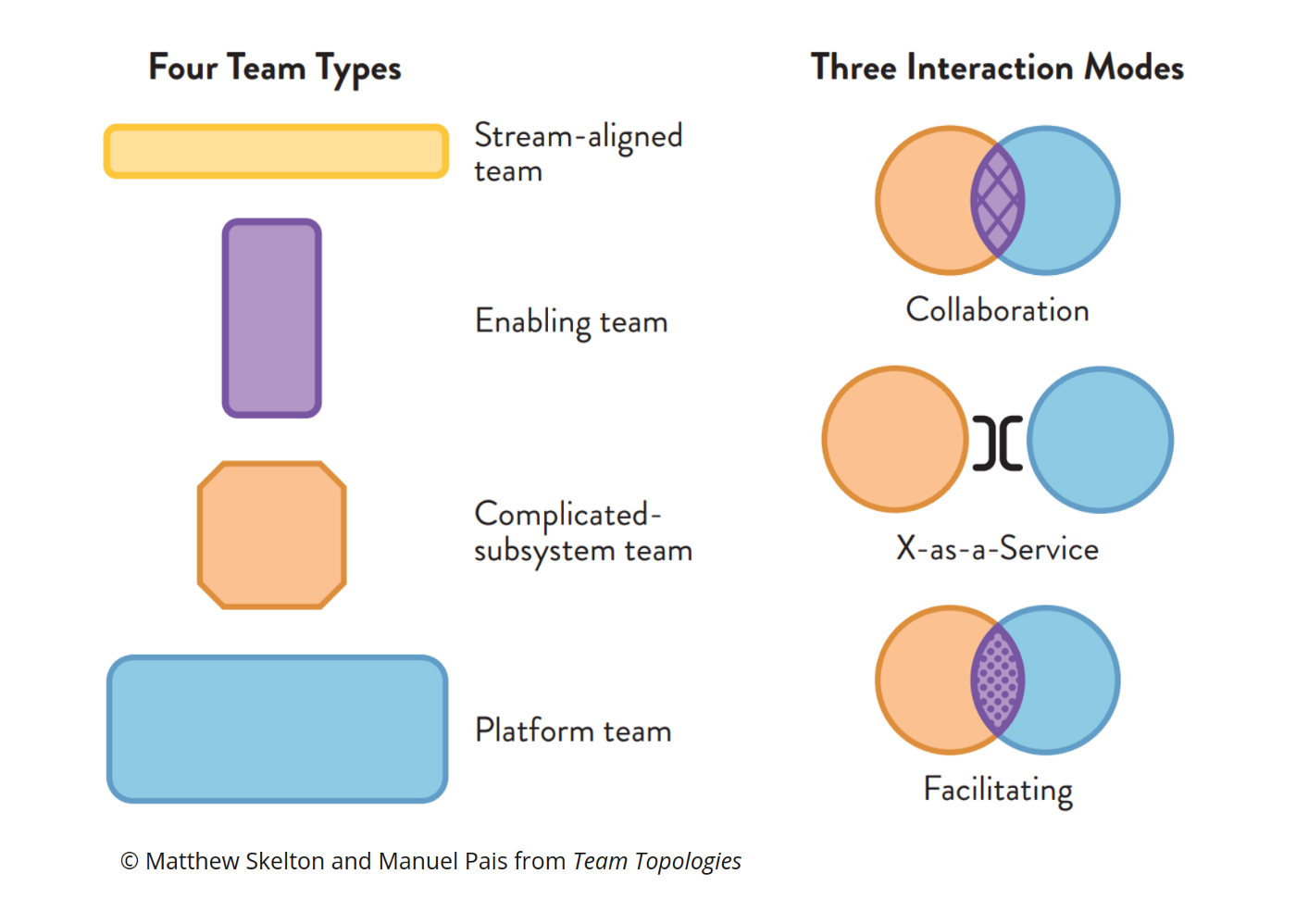It's time to rethink your business! How can you successfully lead your organization through disruption and boost organizational success?
The process might be painful, because many companies seldom do it often enough. The best companies do this continuously. The ability to rethink business and implement fast is what really defines tomorrow's winners to me. I value the process to achieve this ability more than other outcomes. Why? because applying the learning from the process will produce more sustainable value for your business than any other wins. To have the ability to change fast as a goal will result in a future pipeline of many wins.
What does it really mean to rethink your business? I think the equation contains three main actors. The ability to create value for your customers, the ability to retain and attract talent and the sum of the previous two adds shareholder value.
Let's dive into the process to create value for your customers. If you agree that shareholder value is a result of customer value, I think you will also agree that we need to start changing our view from inside out to outside in. This means putting the customer in front and acknowledging that it's not about what the customer can do for you, but rather what you can do to help the customer.
I am surprised by how few companies actually know what their value creation process looks like. If you don’t know your own process, how can you continuously implement the ability to rethink your business? Where does work come from? How do you prioritise? Who does what and how long does it take? What does the discovery process look like? How do you develop the hypothesis from the discovery phase and how do you maintain and refine the results? Who is dependent on who? And not least, where does the business strategy come into play? The sum of these questions adds to your business ability to implement the rethinking of your business. This is the true agility of your business.
In my experience companies that oversee these questions often jump straight into suboptimizing parts of the value creation process. The most visible and obvious one to start with is where development is done. A popular action is to implement cross functional agile teams and then to expect that time to deliver value to end customers decreases. But the results might not be as expected because the insights of the whole value chain are missing and you might have bottlenecks you are not aware of. Cross functional agile teams is definitely part of the answer but by far not the only answer. If you are not fully aware of your value creation process, start to visualise it as soon as possible together with the decision makers across the pipeline.

Image Copyright © leanability.com Klaus Leopold has written the book Rethinking Agile and writes about Why Agile Teams Have Nothing To Do With Business Agility.
Another common problem is that companies are not communicating the strategy well enough. If your employees don’t know, believe in or understand where to go, you will not achieve what you want. This leads to anarchy and the focus spreads out wide. Often the business side within the company writes a time consuming long detailed specification of what to implement. The specification is then delivered to your (so called) cross functional agile teams. Customer involvement comes too late in the process and the specification might already be outdated which adds unnecessary risk. The best action is to explain and trust your cross functional agile teams to deliver iterative value. Trust them to validate solutions with customers based on a problem statement and a desired outcome instead of a specification. Tell the teams where to go, not how to get there. Your domain experts and product management should rather focus their time on understanding the customers jobs to be done, pains and gains. They should be advocates of customers' needs across your organisation rather than writing specifications.

Image Copyright © https://svpg.com/skateboards-vs-cars-revisited/ Henrik Kniberg/Marty Cagan. Marty Cagan and his colleague Chris Jones write about what it means to be an empowered product team in the book Empowered.
Another experience when implementing cross functional agile teams is that companies treat all teams the same way. Nor do they reflect on how teams interact. Do all of your teams face end customers or do some have internal customers? Think about your team's topology and if some of the interaction can be automated by self documented APIs. To be aware of team types, responsibilities, size, interaction and technical principles can vastly reduce your employees cognitive load and thereby increase productivity.

Image Copyright © 2018–2021 Team Topologies. Matthew Skelton and Manuel Pais write about organizing business and technology teams for fast flow in the book Team Topologies.
How you organize will reflect in your architecture. If you are not happy with your architecture, reorganise your communication structure! This is known as Conway's law and inverse Conway maneuver.
Back to the other point about the importance of attracting and retaining talent. By empowering your employees and removing bottlenecks you will make work so much more meaningful and fun. This is an attractive message HR and recruitment can use. After all, attracting new talent is probably one of the most challenging and important tasks going forward for every business.
And for the last actor in play, your shareholders! Which shareholder wouldn't love to invest in a business that has the ability to change fast and adopt new trends, deliver real customer value and can attract and retain talent.
I hope you are inspired to get more insight about your own processes and continuously improve them over time. Get trust in your delivery.
I wish you all the best in your journey to rethink your business!
Early bird tickets now available to Oslo Business Forum 2022: Future-Focused Leadership. Sign up now to secure your spot!
